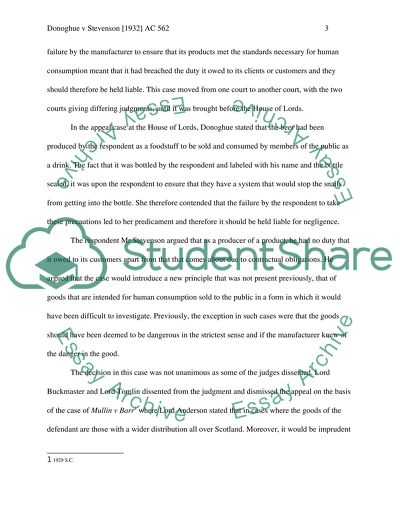Cite this document
(“Donoghue v Stevenson 1932 Essay Example | Topics and Well Written Essays - 2250 words”, n.d.)
Retrieved from https://studentshare.org/law/1480304-donoghue-v-stevenson
Retrieved from https://studentshare.org/law/1480304-donoghue-v-stevenson
(Donoghue V Stevenson 1932 Essay Example | Topics and Well Written Essays - 2250 Words)
https://studentshare.org/law/1480304-donoghue-v-stevenson.
https://studentshare.org/law/1480304-donoghue-v-stevenson.
“Donoghue V Stevenson 1932 Essay Example | Topics and Well Written Essays - 2250 Words”, n.d. https://studentshare.org/law/1480304-donoghue-v-stevenson.


